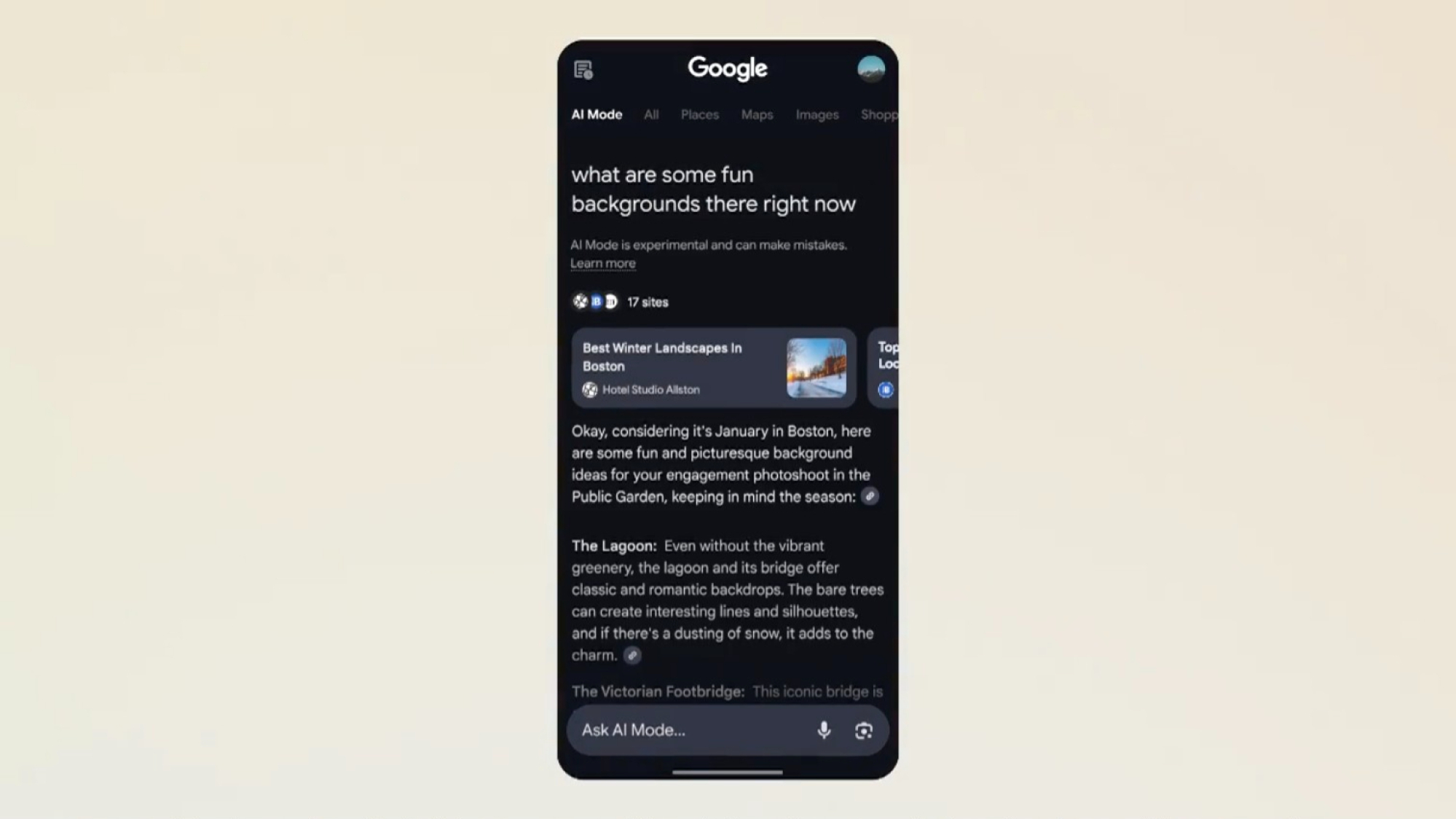Google’s Latest AI Innovations in Search: AI Mode Takes Center Stage
Last year, the launch of AI Overviews for Search by Google didn’t go as planned. The initial implementation suffered from significant inaccuracies, with errors that garnered widespread attention online. In response to the backlash, Google reevaluated the feature, enhanced its functionality, and gradually reintroduced it to users. This progression has likely been on your radar.
Continuing its efforts to integrate AI into Search, Google has launched an updated AI Overview this month, which is now based on Gemini 2.0, the company’s latest AI framework. This iteration promises to assist with more complex queries, such as those related to coding, mathematics, and multimodal prompts that involve various media. Notably, the AI Overviews feature is now accessible to teenagers and users without a Google Account. Exciting times ahead!
Introducing AI Mode
A more significant development in Google’s AI journey is the introduction of AI Mode, which is currently in a testing phase. Feedback from “power users” has indicated a desire for enhanced AI responses across a broader range of searches. In response, AI Mode allows users to pose detailed, multi-faceted questions, enabling advanced reasoning, comprehensive thinking, and multimedia interactions.
On the surface, it appears to be a sophisticated reimagining of AI Overviews, but it offers a distinct experience. AI Mode introduces a unique tab within Search, transforming the interface into something reminiscent of ChatGPT or Gemini. The aim is to streamline the process, allowing users to present complex inquiries that the AI can dissect, illustrating its thought process and furnishing a thorough response that includes multiple results, sourced claims, and summaries.

According to Google, AI Mode employs a method known as “query fan-out” to produce its results. This technique enables the system to search for multiple related elements simultaneously, merging the outcomes into a cohesive response. The feature harnesses a wide array of data sources, including web results, Google’s Knowledge Graph, and e-commerce data.
For instance, Google demonstrates this approach with the inquiry: “What are the differences in sleep tracking features between a smart ring, smartwatch, and tracking mat?” AI Mode takes this intricate question, formulates a multi-step plan to search for the necessary information, and adapts that plan in real-time based on retrieved results.
It’s important to note that this feature remains in development, and users may encounter unpredictable outcomes. If the AI determines that a response isn’t satisfactory, users may simply receive a list of web links instead of an AI-generated answer.
Evaluating the practicality of AI Mode remains a challenge, particularly in comparison to traditional Google Search or even Gemini searches (especially without AI functionality). Personal experience will ultimately reveal its effectiveness, but skepticism about preferring the standard Search method over AI Mode persists.
How to Experience Google’s AI Mode
For those interested in exploring Google’s new AI Mode, there are a couple of entry points available. Google One AI Premium subscribers will receive priority invitations to try out AI Mode in Labs.
For non-subscribers, joining the waitlist is necessary. Sign into a Google Account and navigate to Google Labs. Under the section titled “Introducing the AI Mode Experiment,” select “Join waitlist.” This will direct users to a confirmation page where they can verify their status on the waitlist.












